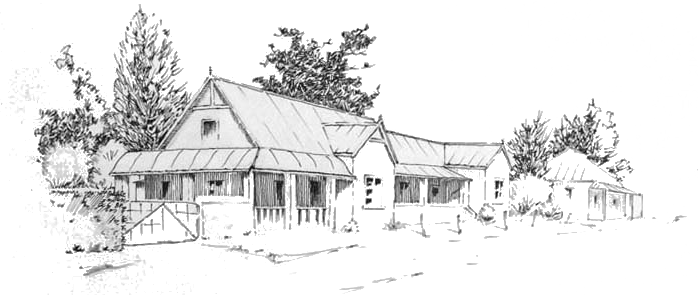SPOTTING TROUT
PART 1
My intention is to run a series over the next few weeks where we spot a few trout together. The pictures come from a few hundred I have collected over the past couple of years carrying a long lens with a polarising filter up and down rivers in the Western Cape and in the Rhodes/Barkly East area. The subject is vast and I still miss plenty of fish my friends find well before I do.
Without wanting to sound like an expert, here are a few tips that are worth remembering.
The first is that it is invaluable to spot fish before you cast to them, not only because you then know where to cast without lining the fish, but because having spotted it you can tell a lot about what it is doing and likely to eat. Some fish if you watch them long enough will rise gently to the surface and sip an emerger, often without leaving a trace of a rise, or at best a few cryptic rings. Other fish will be weaving from side to side, often showing a flash of white as they open their mouths. These fish are clearly nymphing. Yet others sit as still as coffins and mainly they’re obviously not eating, or they’re spooked. The final joy in spotting a trout and then catching it is that you get to close a beautiful loop that makes the catching of that fish something really special – search, spot, present, strike, land and release. It beats blind fishing by a long mile, when conditions let you do it that is.
To spot fish you do need clear water and the streams in the Western Cape are renowned for their clarity. But then so are the upland streams around Barkly East and even in the more pastoral sections of the bigger rivers, like the Sterkspruit and the Bokspruit, we have had great days of spotting.
The second thing you need is sunshine and without it spotting fish is really problematic.
The water surface is also important. Fish are obviously easier to spot under a flat surface. With a choppy surface they are ‘spotable’, but think of it in terms of the image you get of someone behind the riffled glass of a bathroom shower door. More abstract, but you can make out it’s a person. Same applies to trout. Gusts of wind that really ripple the surface like sandpaper make spotting well nigh impossible though. I will show you examples of all these facets as this series unfolds.
Then you need the gear. This amounts to polarised sunglasses, dark under-brim to your hat and your hands. Your hands are invaluable aids to spotting. Lift a hand to the side of your face to close out any light coming in from the side, or to form a mask under your eyes to block out light reflected off the water surface.
The next two things you need are more abstract, but they are non-negotiable – taking the time to search the water, having the will to spot fish, the confidence that you can spot fish and then practise, practise, practise.
The signs of fish
Fish are always more abstract in the water than you imagine they will be, often just giving fleeting hints of their presence. In my book Shadows on the Stream Bed I described them as often looking like a shot of Kola tonic poured into a glass of lemonade – twirling, twisting, glassy, ethereal, linear and abstract. But a few things give them away:
- Movement – if you think you saw a fish watch it. It must move at some point. If it doesn’t, it’s not a fish, just a linear shadow under a rock maybe. Often the slow, rhythmical beat of the tail is what undoes them.
- Shadows – fish often throw clearly visible, draped shadows over the pebbles. Once you see a suspicious draped shadow look above it or to one or other side of the shadow for the fish, which is always glassy in comparison.

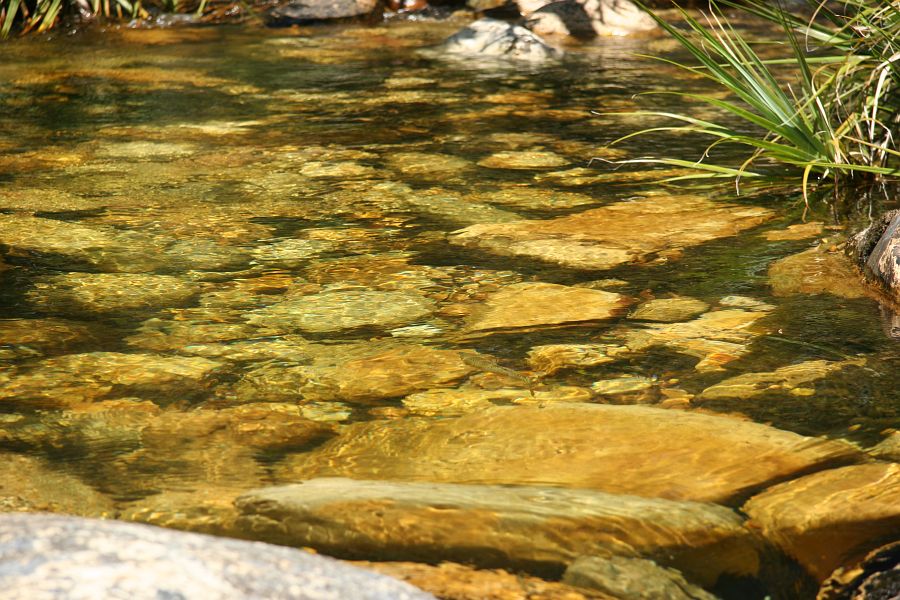
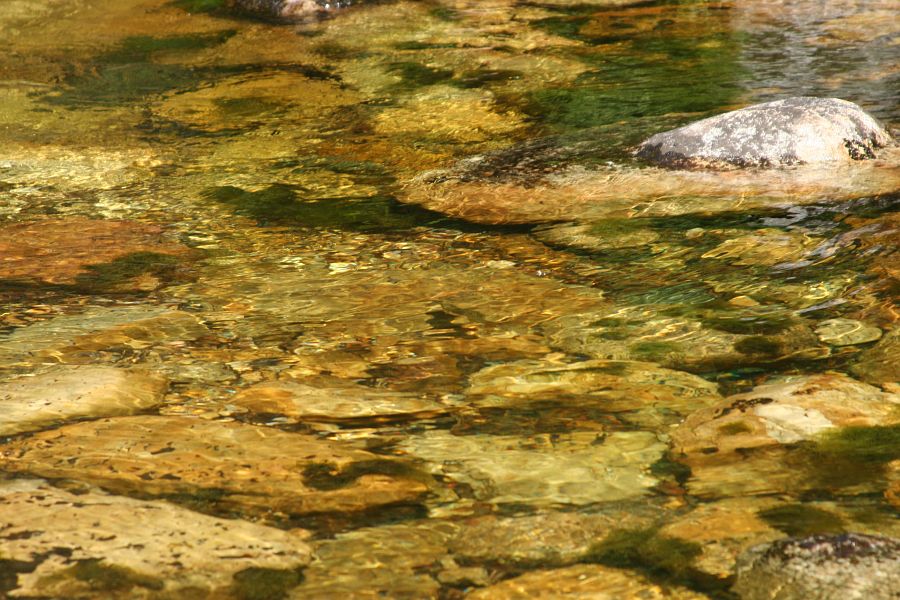
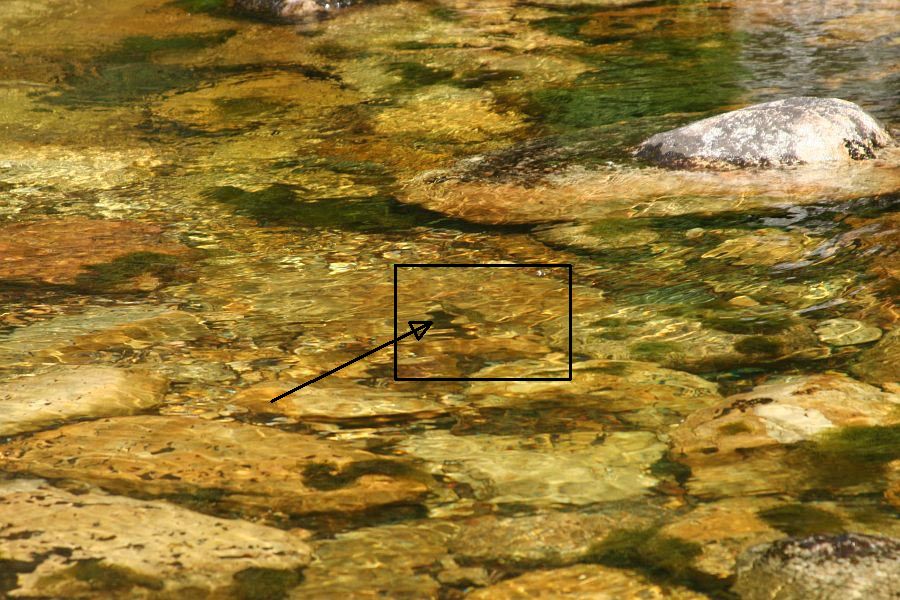
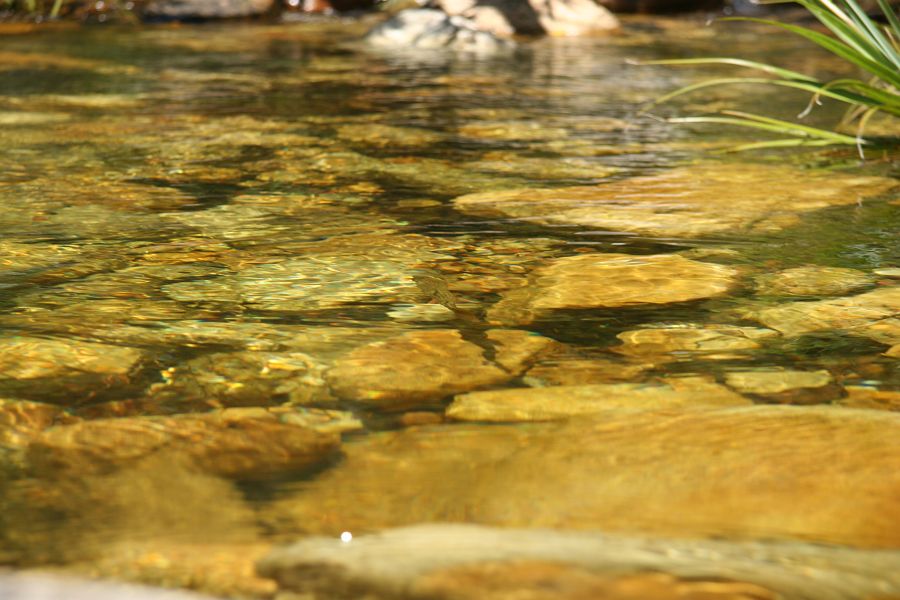
Let’s start the exercise and over the weeks we will grow into it. I will try to cover most of the situations you are likely to come across in the field.
Lesson 1. Quick glances don’t spot fish

Take a look at the picture above. You are walking upstream past this run on your way to fish a higher beat maybe. Notice anything? Search for ten seconds. If you haven’t found the fish, search every inch of the water before scrolling down to the answers at the end.
It may be the time to bring in another lesson on top of this one and that is that trout, and I guess it holds true for many other fresh water fish, don’t always lie where you think they should. This means to spot well you have got to train yourself to search a run thoroughly, not just the likely water in the run, or the juicy bits. Try this fish and remember what just said.
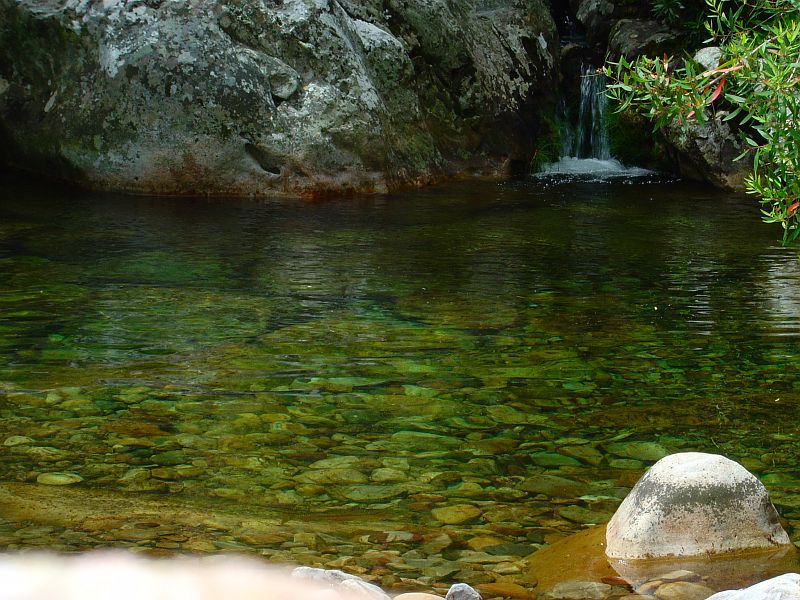
Here’s another example of exactly what we are pointing out in respect of unusual lies. To find the answers scroll down and you’ll see the trout in the two examples in question encased in black rectangles.
???

Note the linear shape and directly under the fish is its draped shadow! See it?

Note the position of this fish holding in shallow water on the edge of the run. The arrow points at its tail fin and the red lateral line colour of a rainbow trout is now clear.
AND, THE FINAL PICTURE IN PART ONE, CAN YOU SPOT THIS TROUT AND TELL ME WHAT FLY IT'S RISING TO?! ANSWER AT THE END OF THE SERIES WITH A SIGNED, PERSONALISED COPY OF SHADOWS ON THE STREAM BED PLUS A PEN AND INK ILLUSTRATION, FOR THE FIRST PERSON TO GET IT RIGHT AND SUBMIT IT!!

END OF PART ONE OF THE SERIES

